Amazing Companion Plants For Bush Beans
Amazing Companion Plants for Bush Beans
Bush beans are a versatile and easy-to-grow vegetable that can be enjoyed fresh, canned, or frozen. They are also a good source of protein and fiber. When planting bush beans, it is important to consider companion plants. Companion planting is the practice of planting certain plants together in order to benefit each other. There are many different companion plants that can be beneficial for bush beans, including:
- Basil: Basil is a classic companion plant for bush beans. It helps to repel pests such as aphids, beetles, and mosquitoes. Basil also improves the flavor of bush beans.

- Borage: Borage is a flowering plant that attracts beneficial insects, such as ladybugs and hoverflies. These insects help to control pests that can damage bush beans. Borage also adds nitrogen to the soil, which can benefit bush beans.
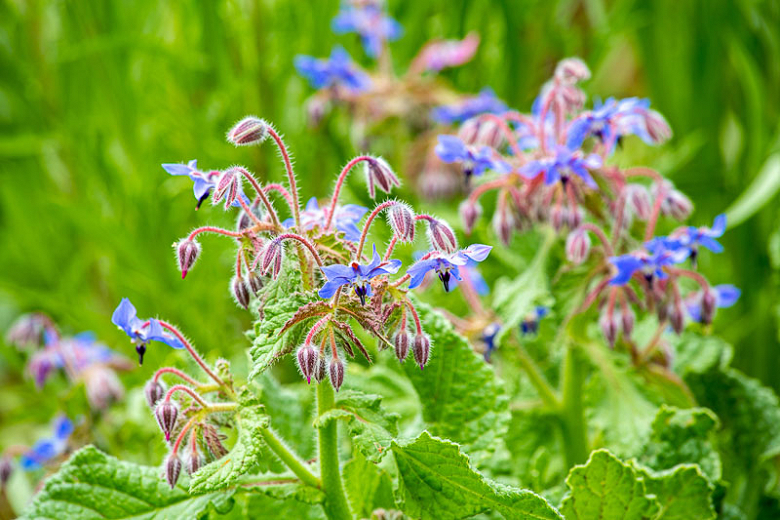
- Carrots: Carrots and bush beans can be planted together because they have different nutrient requirements. Carrots need more phosphorus, while bush beans need more nitrogen. This means that they will not compete for the same nutrients in the soil.
- Celery: Celery can help to repel pests such as aphids and bean beetles. It also provides shade for bush beans, which can help to protect them from the sun.

- Cucumbers: Cucumbers and bush beans can be planted together because they have similar growing conditions. They both need full sun and well-drained soil. Cucumbers also help to shade bush beans, which can help to protect them from the sun.
- Marigolds: Marigolds are a popular companion plant for many vegetables, including bush beans. They help to repel pests such as aphids, beetles, and nematodes. Marigolds also add beauty to the garden.
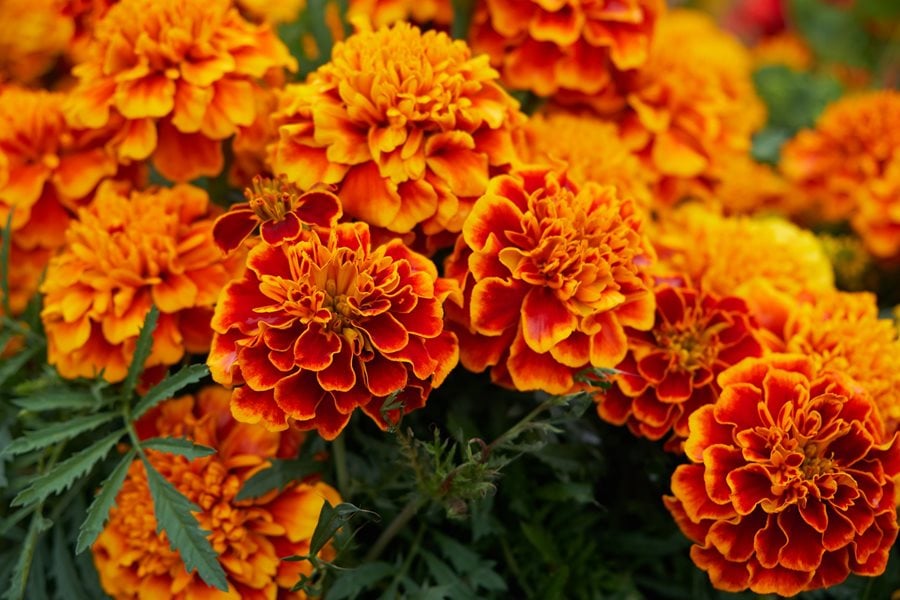
- Nasturtiums: Nasturtiums are another popular companion plant for bush beans. They help to repel pests such as aphids, beetles, and whiteflies. Nasturtiums also add color to the garden.

- Potatoes: Potatoes and bush beans can be planted together because they benefit each other. Potatoes help to fix nitrogen in the soil, which can benefit bush beans. Bush beans help to shade the soil, which can help to prevent potatoes from getting sunburned.

- Spinach: Spinach and bush beans can be planted together because they have similar growing conditions. They both need full sun and well-drained soil. Spinach also helps to suppress weeds, which can compete with bush beans for nutrients and water.
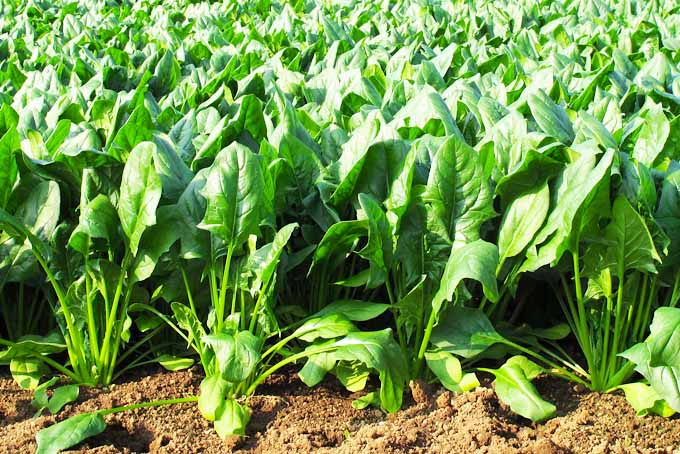
- Sweet Potatoes: Sweet potatoes and bush beans can be planted together because they have similar growing conditions. They both need full sun and well-drained soil. Sweet potatoes also help to suppress weeds, which can compete with bush beans for nutrients and water.
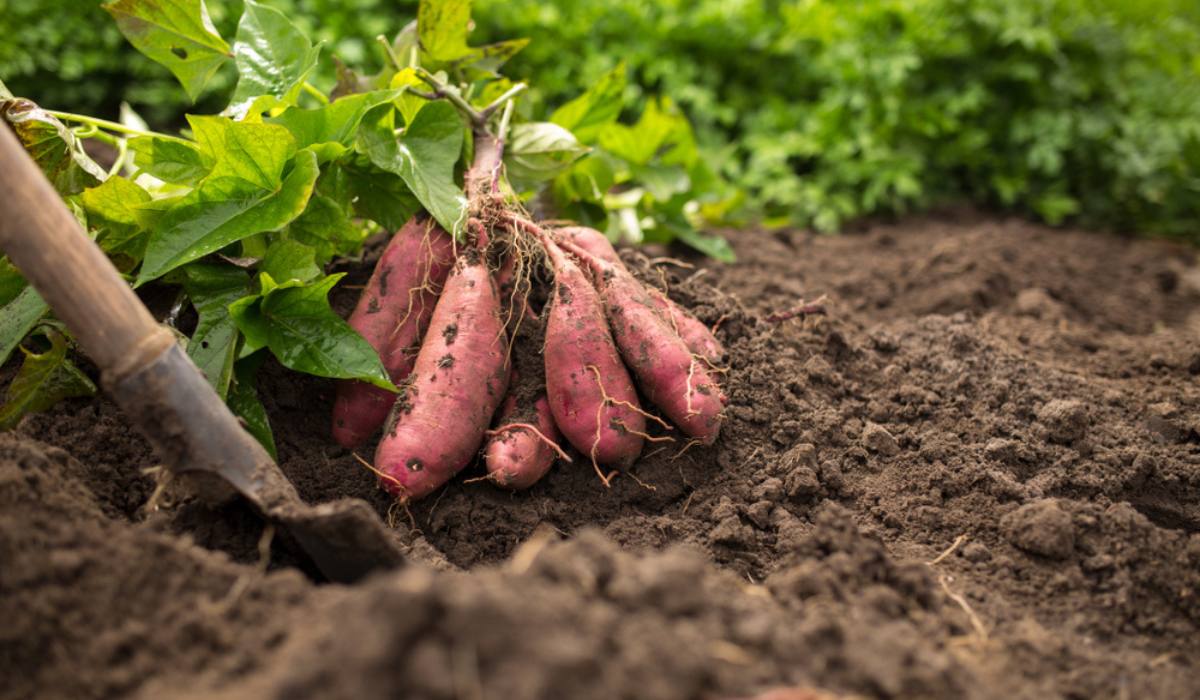
These are just a few of the many companion plants that can be beneficial for bush beans. When choosing companion plants, it is important to consider the specific needs of bush beans and the other plants in your garden. By planting the right companion plants together, you can help to improve the growth and health of your bush beans.
Bush beans are a popular vegetable to grow in the garden, and they can be even more productive when they are planted with companion plants. Companion planting is the practice of planting different types of plants together in order to benefit each other. Some good companion plants for bush beans include:
- Basil: Basil is a classic companion plant for beans, and it helps to deter pests and improve the flavor of the beans. Gardenia Inspiration
- Cucumbers: Cucumbers and bush beans can be planted together because they have similar growing requirements. They also help to shade the soil around the beans, which can help to suppress weeds.
- Marigolds: Marigolds are another good companion plant for bush beans, and they help to repel pests such as aphids and Mexican bean beetles.
- Nasturtiums: Nasturtiums are not only beautiful flowers, but they also help to deter pests such as aphids and whiteflies. They also attract beneficial insects, such as ladybugs, which help to control pests.
- Potatoes: Potatoes and bush beans can be planted together because they have different nutrient requirements. The potatoes will help to fix nitrogen in the soil, which the beans can then use.
For more information about companion planting with bush beans, please visit Gardenia Inspiration. This website has a wealth of information on the topic, including a list of other good companion plants, tips on how to plant and care for bush beans, and information on how to prevent pests and diseases.
FAQ of companion planting with bush beans
Q: What are some good companion plants for bush beans?
A: Bush beans are compatible with a wide range of vegetables, but some of the best companion plants include:
- Carrots: Bush beans help to suppress the growth of carrot rust flies, while carrots provide shade and support for bush beans.
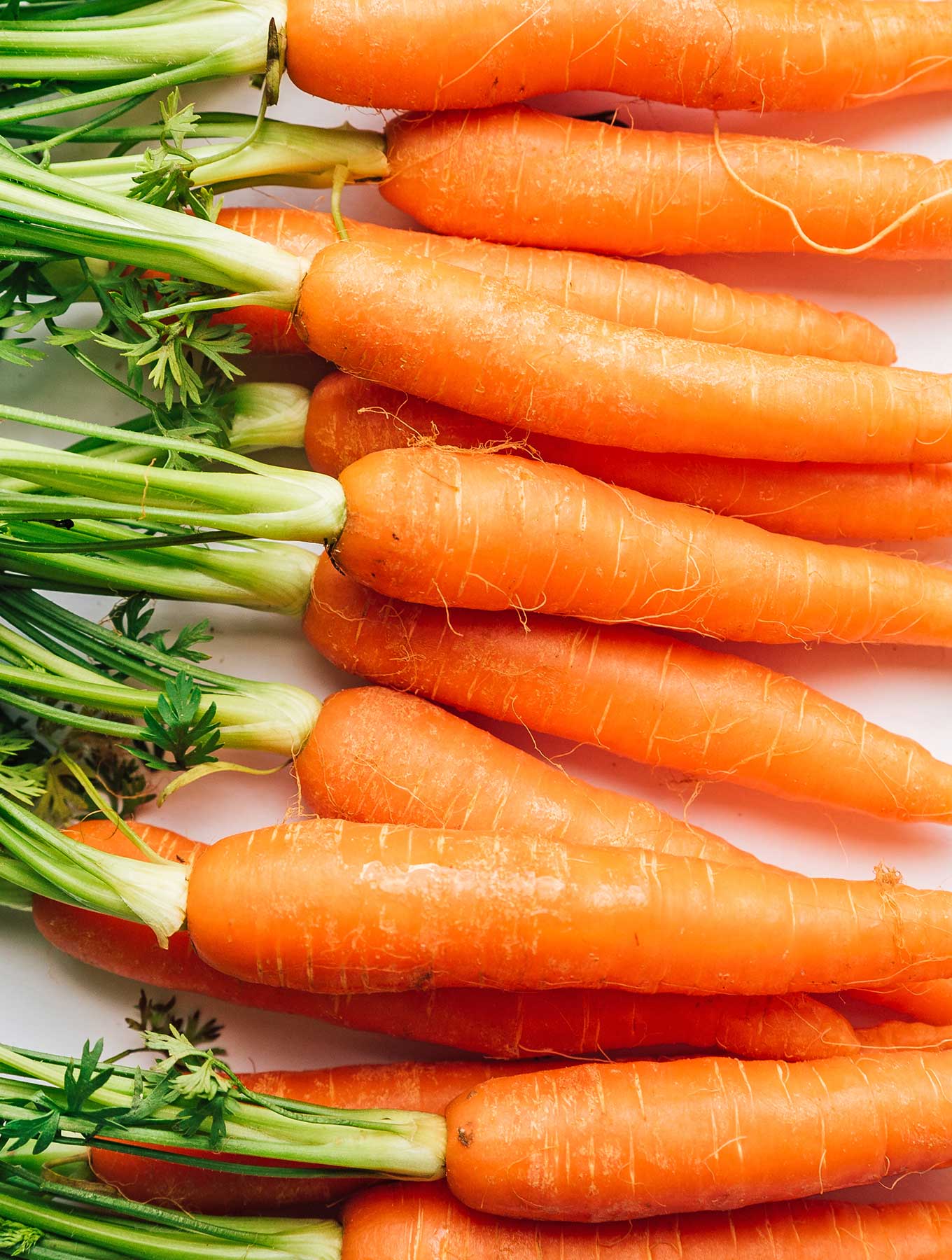
- Cucumbers: Bush beans and cucumbers have similar growing requirements and can help to improve each other's yields.
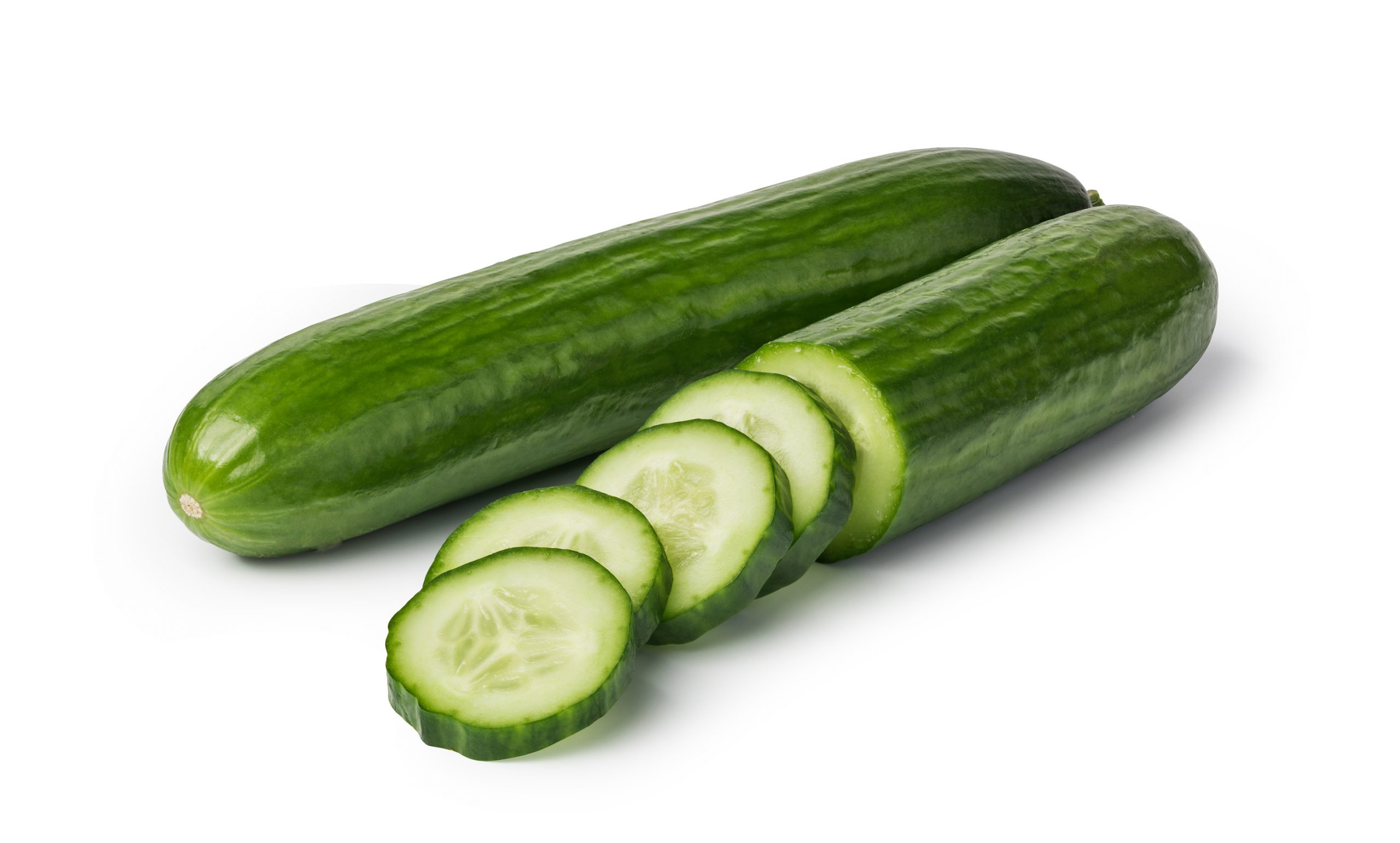
- Eggplants: Eggplants release a chemical that deters the Colorado potato beetle, which is a common pest of bush beans.
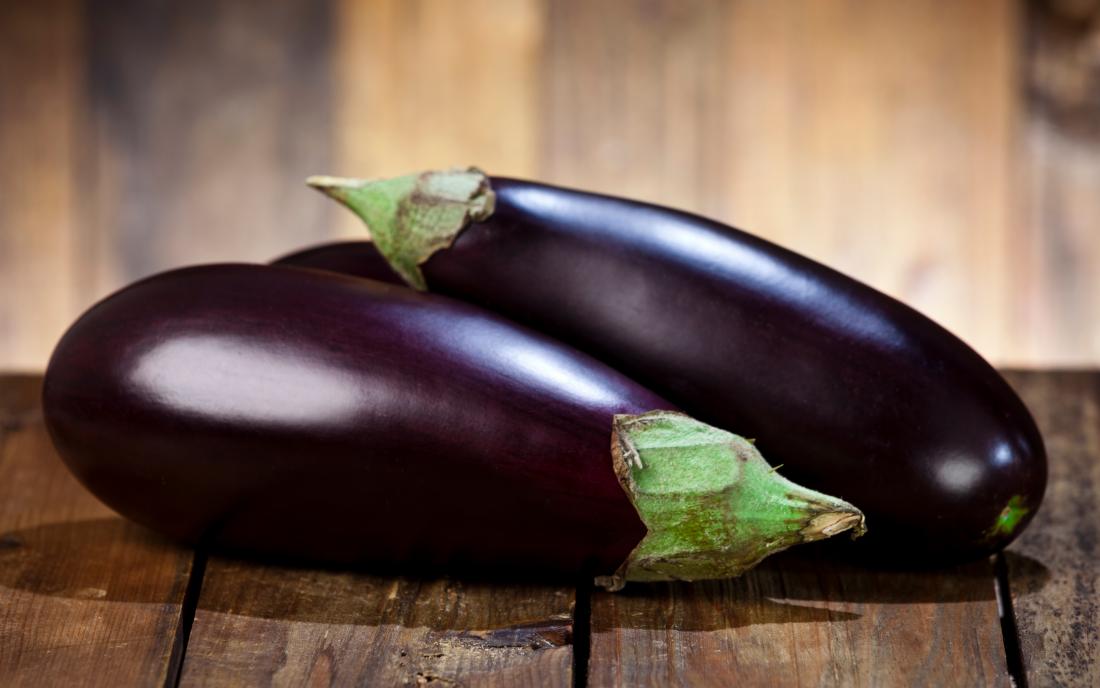
- Marigolds: Marigolds help to repel pests such as aphids, Mexican bean beetles, and whiteflies.

- Peas: Bush beans and peas are both legumes, which means they fix nitrogen in the soil. This can benefit both plants and improve the overall health of your garden.

Q: What are some bad companion plants for bush beans?
A: While bush beans are compatible with many plants, there are a few that should be avoided. These include:
- Beets: Bush beans and beets can compete for nutrients, which can stunt the growth of both plants.

- Cabbage: Cabbage can attract pests such as cabbage loopers and diamondback moths, which can also damage bush beans.
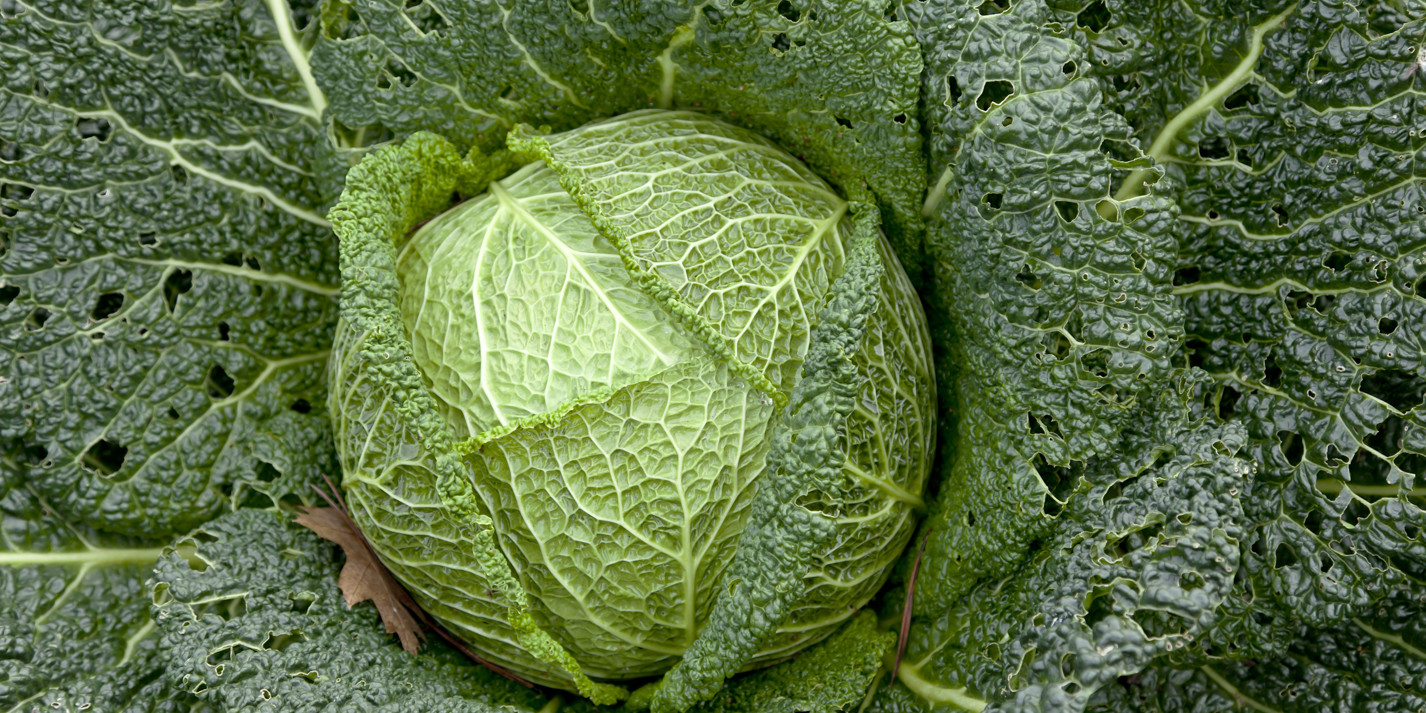
- Kale: Kale can harbor pests such as aphids and cabbage loopers, which can also damage bush beans.
- Potatoes: Bush beans and potatoes can compete for water and nutrients, which can stress both plants.
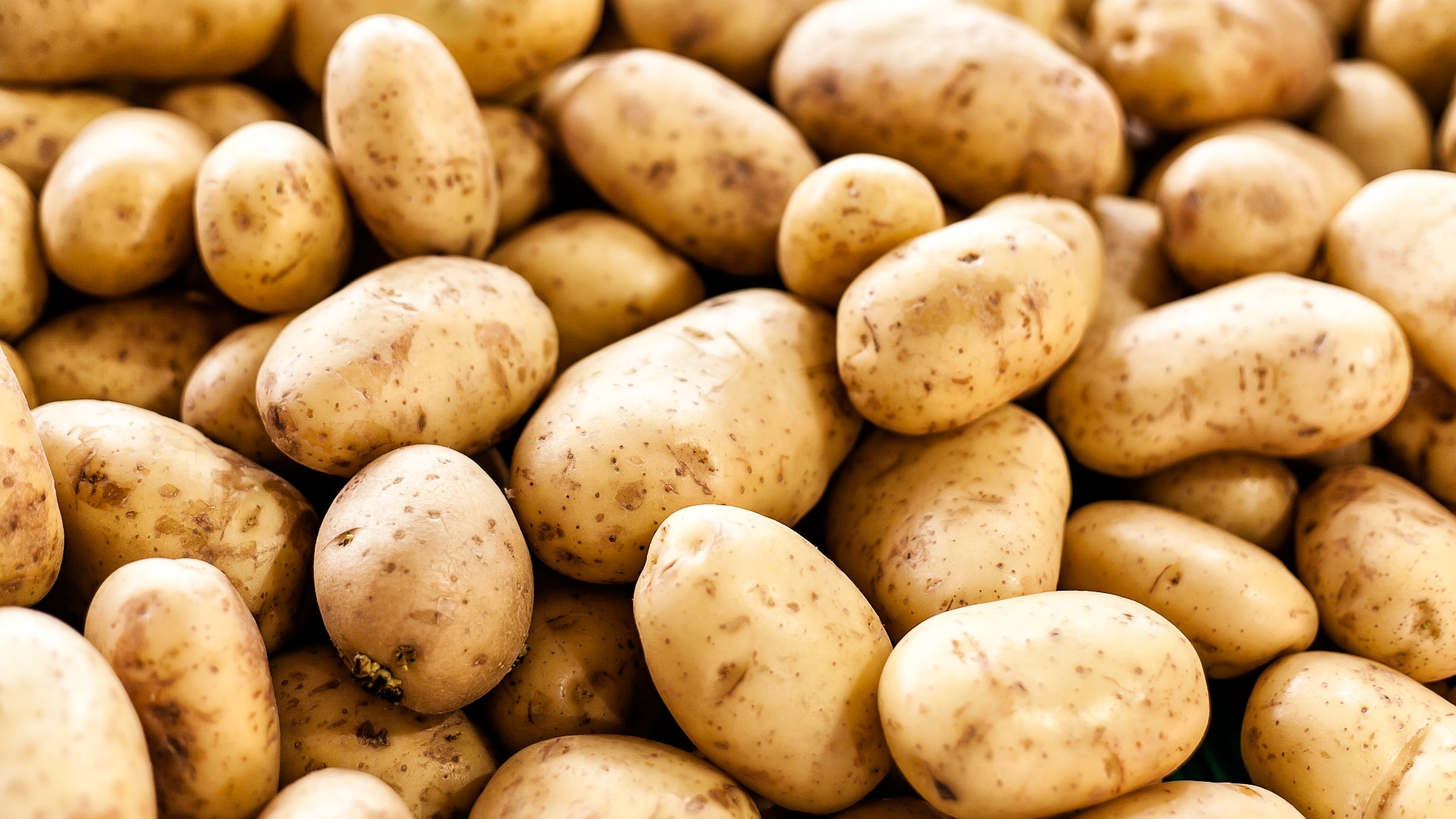
- Spinach: Spinach can attract pests such as aphids and spider mites, which can also damage bush beans.

Q: Do bush beans need support when growing?
A: No, bush beans do not need support when growing. They are a relatively short-lived crop that typically grows to be about 2-3 feet tall. However, if you live in an area with strong winds, you may want to provide some support for your bush beans, such as a trellis or netting.
Q: What are some tips for companion planting with bush beans?
A: Here are a few tips for companion planting with bush beans:
- Plant bush beans with other plants that have similar growing requirements.
- Plant bush beans with plants that can deter pests or attract beneficial insects.
- Avoid planting bush beans with plants that compete for nutrients or water.
- Space bush beans properly so that they have enough room to grow.
- Mulch around bush beans to help retain moisture and suppress weeds.
Image of companion planting with bush beans
- Image 1: A garden bed with bush beans planted next to tomatoes. The tomatoes provide support for the beans to climb, and the beans help to improve the soil quality for the tomatoes.
- Image 2: A garden bed with bush beans planted next to marigolds. The marigolds help to repel pests from the beans.
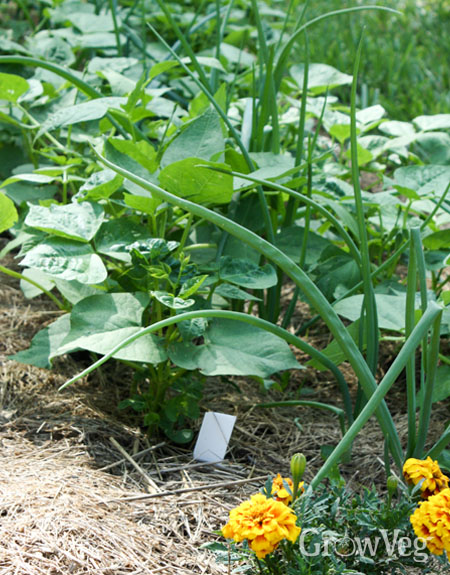
- Image 3: A garden bed with bush beans planted next to carrots. The carrots help to deter root-knot nematodes, which can damage bean plants.
- Image 4: A garden bed with bush beans planted next to basil. The basil helps to improve the flavor of the beans.
- Image 5: A garden bed with bush beans planted next to chives. The chives help to repel pests from the beans.
Post a Comment for " Amazing Companion Plants For Bush Beans"